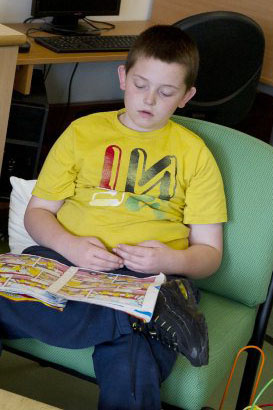
Developmental dyslexia affects about 5% of the school population, across the ability range, mostly boys. Children with dyslexia have difficulty with reading and spelling.
Characteristic features of dyslexia are difficulties in phonological awareness, verbal memory and verbal processing speed.
Across the dyslexic population, there is a spectrum of difficulty ranging from mild to severe.
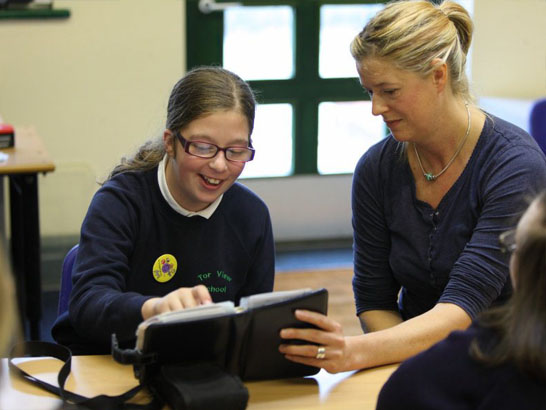
Children with dyslexia often have co-occurring difficulties in aspects of language, motor co-ordination, mental calculation, concentration and personal organisation, but these are not, by themselves, markers of dyslexia.
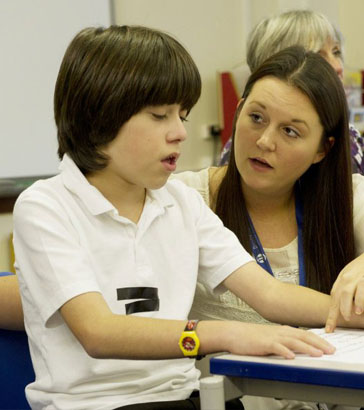
The cause or causes of developmental dyslexia are not fully understood and are the major focus of current research. The picture, however, is likely to be complex. So far evidence suggests that:
- Dyslexia is sometimes an inherited condition – if one parent has dyslexia the child has between a 25-50% chance of also being dyslexic, and
- There are clear differences in the developing brain between people with and without dyslexia.

So far, there is no unique biological marker for dyslexia, so educationalists rely on highly visible behavioural signs and symptoms. These can be varied and have a variety of causes, not all of which can be attributed to dyslexia.
Understanding the specific brain functions that underlie dyslexia will allow researchers to develop more reliable diagnostic tests for younger children.
Scientists at the Cambridge Centre for Neuroscience in Education are working to discover neural markers for dyslexia through brain imaging techniques. This will enable children with dyslexia to be identified as early as possible and for targeted support to be delivered before their confidence becomes dented by failure.

Early brain studies showed:
- That in dyslexic people (post-mortem) the 'planum temporal' on the left side of the brain was much the same size as the same region on the right – normally the left planum temporal is larger.
- Before birth, during early development, small clusters of nerve cells were found in the wrong place in dyslexic brains. Some cells had migrated to the top layer of the cortex and were visible as scars. These were common in the medial temporal region, concerned with reading and speech processing.
- Anatomical brain imaging has shown the layer of 'white matter', which lies underneath the brain surface and contains the myelin-covered fibres that connect nerves together is thinner in the brain's reading section in dyslexics, suggesting weaker connections in the reading system rather than specific abnormalities.

Research by Snowling in 2000 found that dyslexic children often found it difficult to process and classify language sounds.
This impairment in phonology is thought to be due to a subtle abnormality in brain development, which can be directly linked to poor learning of written and spoken language.
Snowling found that dyslexic children could be identified before they could read or write because of their delayed speech development. Such children acquire word names more slowly and had more difficulty in remembering words than their typically developing peers.
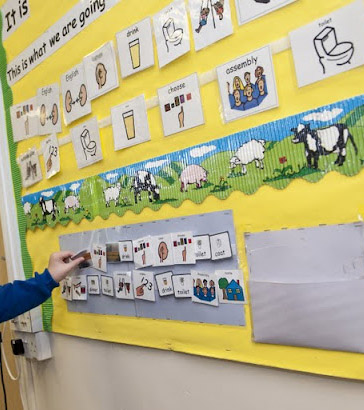
A number of brain imaging studies have found that, during reading, people with dyslexia have reduced activation in major parts of the reading and speech processing systems in the left hemisphere of the brain. Three parts of the reading system of the left hemisphere are activated during normal reading, whereas only two regions are activated in dyslexics. Dyslexics showed reduced activation in the 'temporal cortex', at the base of the left temporal lobe of the brain, which is associated with processing the form and sound of whole words.
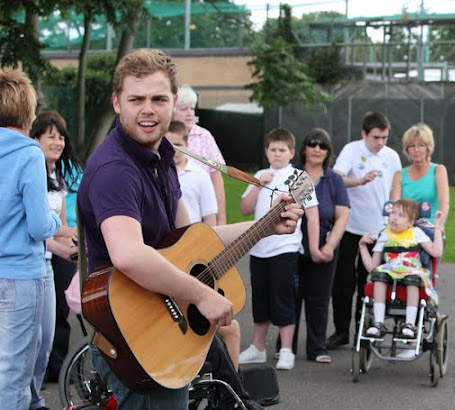
There is some evidence from imaging studies of the brain of adults, that effective teaching can bring about changes in the brain that improve performance. An American study (Eden 2004) divided young dyslexic adults into two groups. One of the groups was given an intensive training programme which taught the sounds of words and word parts. The other group received no training.

The findings of the Eden study (2004) were as follows:
- All the people in the first group showed improved reading skills, whereas the group that received no training did not, and
- The brain activity of the trained group reflected their improved reading skills – brain scans showed that the right parietal lobe of the trained group became active during reading, suggesting that this group compensated for the weak performance of their left parietal lobe by using their right parietal lobe.
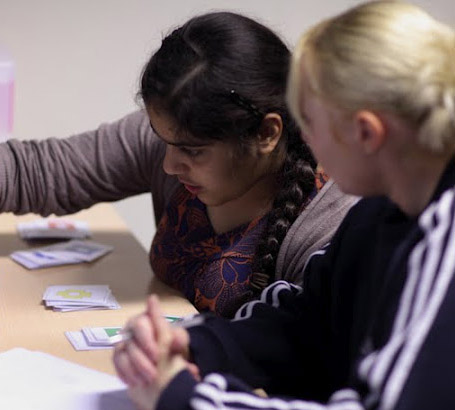
Based on the available research evidence, the Rose Report on dyslexia (2009) advocated intervention programmes which have a strong, systematic phonic structure and are delivered sufficiently frequently to secure children's progress and consolidate learning. For children with dyslexia who respond very slowly to even the most effective of teaching, Rose recommends skilled, intensive, one-to-one interventions.
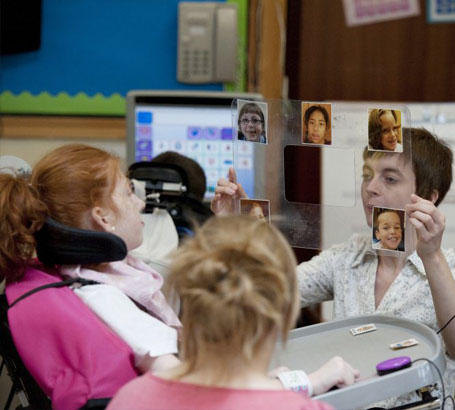
Scientists at the Cambridge Centre for Neuroscience in Education are following over one hundred children on a yearly basis for five years, making brain measurements at the same time as analysing speech processing, auditory processing, reading and spelling. A main focus of the project is children's skills in processing the sound patterns of words (phonological awareness), one of the key traits of developmental dyslexia.

The findings of the Cambridge study so far suggest the following:
- Children with dyslexia process aspects of the auditory signal in speech less effectively than those children without dyslexia – this makes it difficult for them to decide whether words rhyme or to count the number of syllables in words.
- The way that the pre-literate brain represents language is fundamentally different from the way the literate brain represents language. Learning to read changes the brain by making us conceptualise words in terms of their spelling patterns, eg we hear 'dog' as d-o-g. This connection is called phonics.
- The brains of children with dyslexia do not have the auditory distinctions securely in place to which the teaching of phonics can be easily linked.
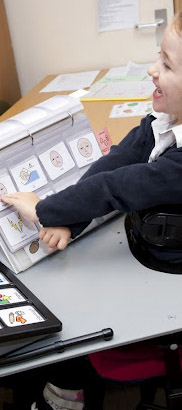
At the moment, the main type of support offered to children with dyslexia is intensive instruction in phonics. However, research evidence from Cambridge suggests that interventions based on rhythm and even music may also be beneficial to children with dyslexia, at much earlier ages. Studies at the Centre have shown that:
- Being able to sing in time with music is predictive of syllable and rhyming skills, and
- Training in rhythm improves phonological awareness.
Several interventions based on musical and speech rhythms are now being developed at the Centre.
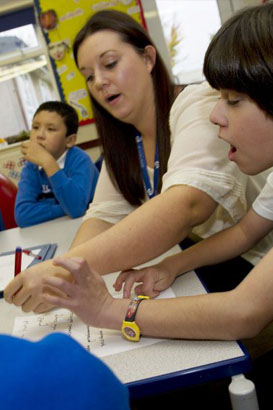
Lead some staff development to introduce colleagues to the research on the neurological basis of dyslexia. You may wish to read around the subject a little more widely to inform your planning.
The purpose of this staff development is to raise questions, identify issues and start a dialogue as the first step to auditing and developing practice across the school (Level D). If you can, involve other professionals who work with children with dyslexia to participate and contribute to the discussion.
Make a list of the questions/issues raised by the discussions.

Blakemore, S. and Frith, U. (2005), The Learning Brain: lessons for education, Blackwell Publishing
Eden, G. (2004), Neural changes following remediation in adult developmental dyslexia, Neuron, 44 (3), 411-422.
Snowling, M. (2000) Dyslexia, Blackwell Publishing